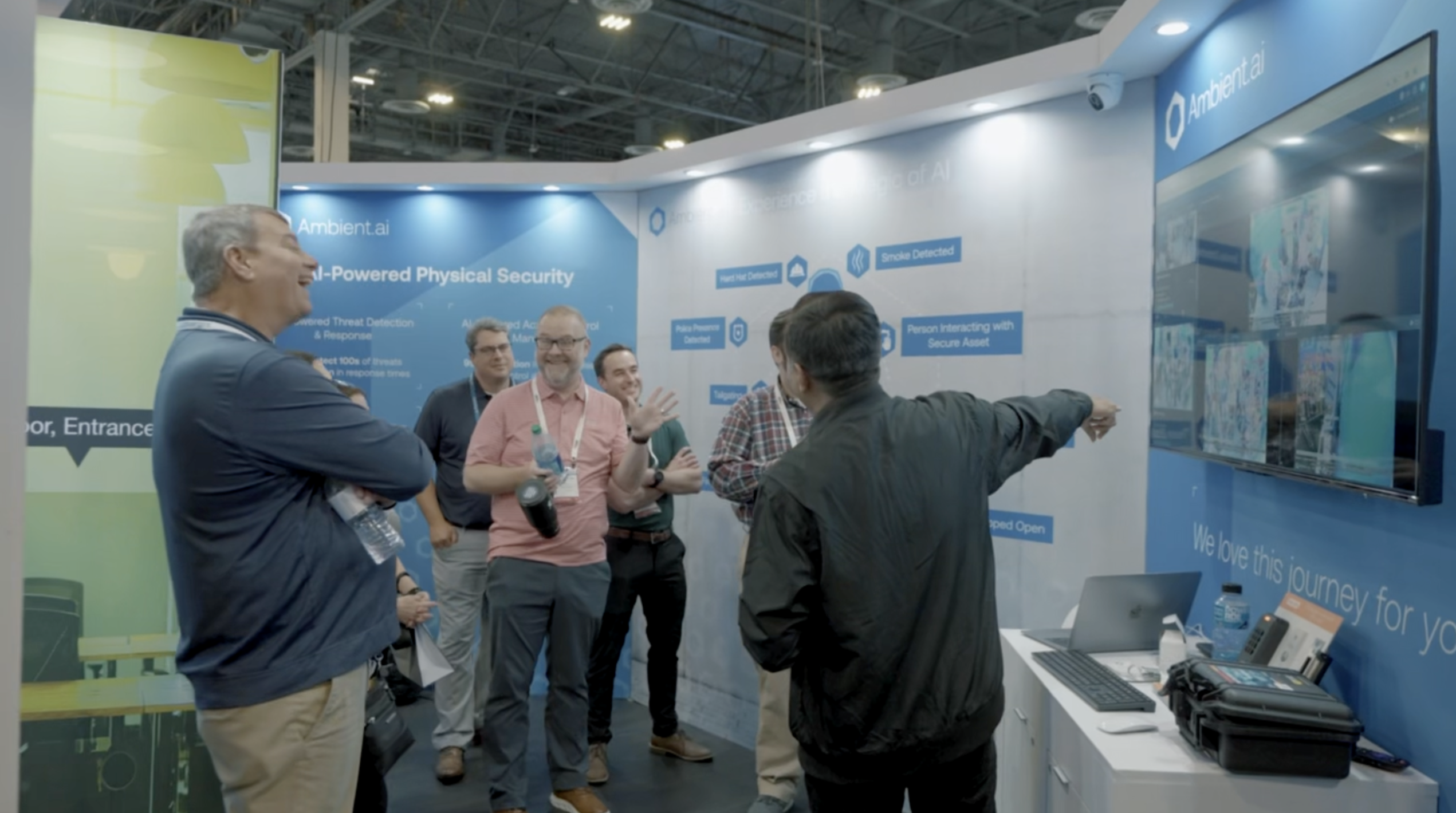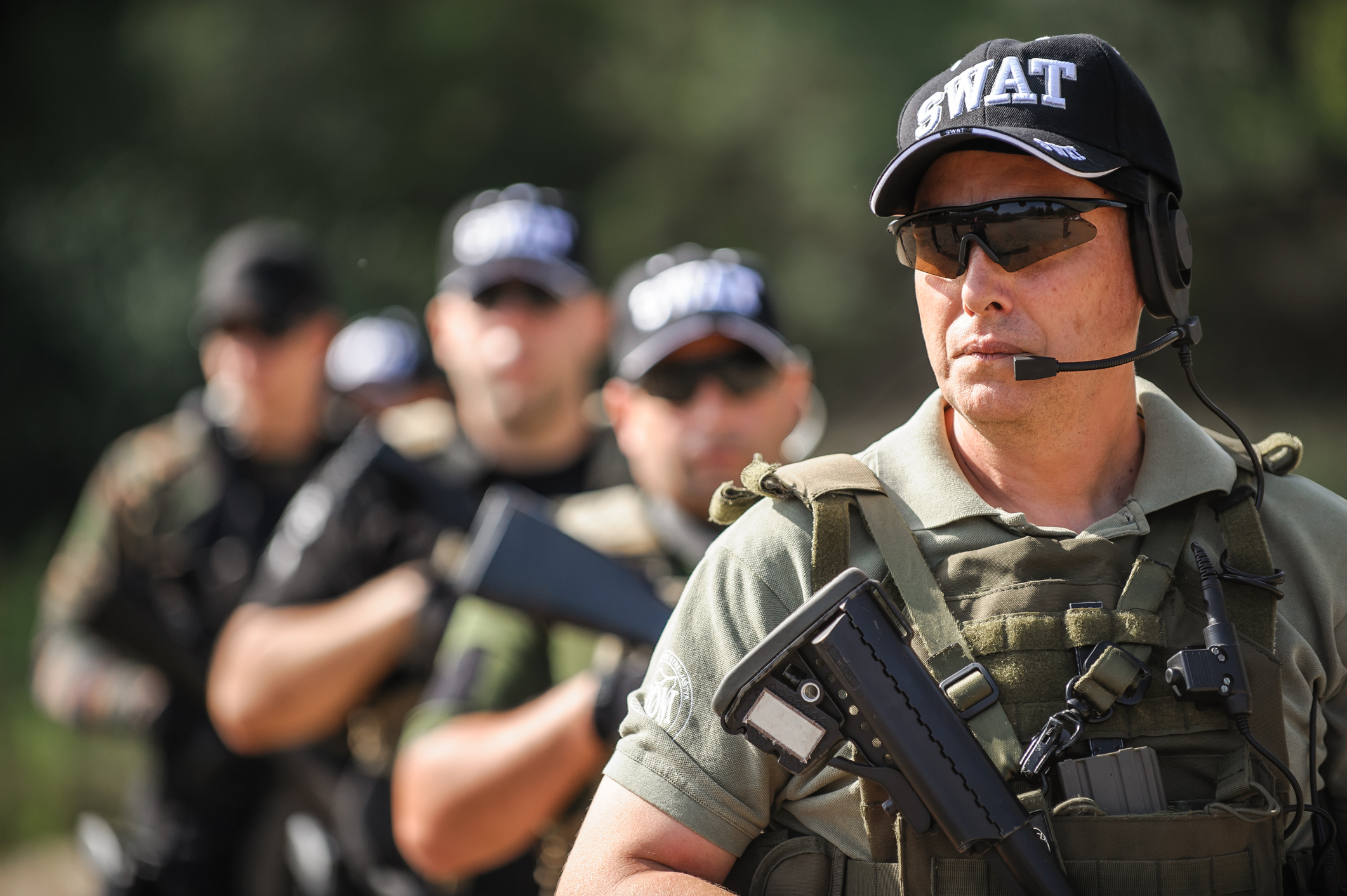This blog originally appeared June 10, 2022.
Technological innovations can be used to protect not only digital but also physical security if utilized effectively.
Individual users and companies are starting to actively invest in quality security software, such as professional antivirus solutions, to improve their cybersecurity posture. However, reducing the number of attacks via public networks requires new technological innovations.
We’ve reached out to the CEO & Co-Founder of Ambient.ai, Shikhar Shrestha, to discuss modern approaches to security surveillance and the role of artificial intelligence in preventing real-life attacks.
Cybernews: Let’s go back to the very beginning of Ambient.ai. What has the journey been like over the years?
Shikhar Shrestha, CEO and Co-founder, Ambient.ai: When I was 12 years old, my mother and I were robbed at gunpoint in an area monitored by security cameras. I expected a patrol officer to intervene, but that never happened. From that experience, I realized that having security cameras deployed is not enough to ensure real-time responses when incidents occur. Since then, I’ve been fascinated with security systems.
I went on to study computer science and computer vision at Stanford. That’s where I met Ambient.ai co-founder and CTO, Vikesh Khanna, who was also a graduate student in computer science. We both worked in the technology industry after our studies; I worked at Apple and Google on computer vision-related projects; Vikesh worked at Dropbox on large-scale data infrastructure projects. A few years later, after conceptualizing a solution that would transform physical security, we founded Ambient.ai.
We joined the Winter 2017 YCombinator class, and over the past five years, we’ve been scaling our technology and our business, all while keeping the company in stealth mode as we learned through production implementations at early customers. This January, we officially launched, and today, we serve five of the top 10 US technology companies by market capitalization, as well as several Fortune 500 companies.
Cybernews: Can you introduce us to what you do? How is AI incorporated into your product?
Shrestha: Ambient.ai is a computer vision intelligence company founded with a mission to prevent every security incident possible. We’re transforming physical security operations in the enterprise. Today, security teams are often overwhelmed by streaming video footage. They face the impossible task of effectively monitoring, detecting, and dispatching resources proactively during security threats. The Ambient.ai platform applies computer vision algorithms, using AI to detect threat signatures and automate human responses.
Powered by Ambient.ai Context Graph™, we are the first platform to go beyond basic motion detection and image recognition and achieve near-human perception with automated situational context. Essentially, the Context Graph monitors and connects three risk factors:
- location context,
- movements and behaviors,
- the type of objects interacting at a scene.
These three factors are used to create threat signatures that, when detected, trigger automated responses for the immediate dispatch of human resources. Across deployments, Ambient.ai reduces false alarms by 99% while alerting customers to more than 200 dispatch-worthy incidents each week.
Cybernews: You state that reactive security does not cut it anymore. Would you like to share more about this vision?
Shrestha: Security operations have an impossible task: monitoring hundreds of video feeds to detect threats, dispatch security personnel, and prevent damage. Without automation, these teams face camera chaos, making it nearly impossible to proactively identify and respond to an incident in real-time. Much of the action they take is after the incident has already occurred, including taking statements and reviewing footage to investigate the incident, but it doesn’t change the outcome of the incident.
We’ve built Ambient.ai to help enterprise security operations become proactive. Ambient.ai leverages computer vision intelligence to analyze video feeds with near-human perception, identify physical behaviors indicative of potential threats, and automate the dispatch of human resources. This enables proactive intervention before incidents occur. In situations where threats unfold rapidly, it allows security teams to significantly reduce the time spent investigating. It is impossible for security teams to effectively monitor and patrol an entire enterprise campus 24 hours a day without automation. With Ambient.ai, we’re empowering security operation teams to proactively protect their people and assets.
Cybernews: How did the recent global events affect your field of work? Did you add any new features as a result?
Shrestha: Today, we’re seeing increased demand across industries as companies reevaluate how they protect their people, places, and assets – moving from reactive to proactive security to harden their security posture while also saving valuable resources.
Throughout the pandemic, many businesses have had to either close offices and storefronts or closely manage the number of people allowed on site. This drastically changed physical security operations. The pandemic highlighted the fragility of the traditional security model, with business and security leaders expecting physical security incidents to surge 88% this year. With minimal security staff left to monitor entire campuses, properties were extremely vulnerable to physical security threats.
While in stealth, we’ve been focused on building a robust library of threat signatures – activities and behaviors indicative of a physical security threat. Today, Ambient.ai can identify over 100 different threat signatures. Some of those signatures were developed specifically to meet the needs of organizations following the pandemic. Density limits and facemask requirements have become a priority for reopening offices, and we’re piloting new threat signatures that will detect infractions. These insights are especially helpful in understanding behaviors and how office spaces are utilized, which helps organizations manage their plans about returning to the offices.
Cybernews: In your opinion, which types of organizations should be especially concerned about installing video analysis solutions?
Shrestha: Physical security should be a priority for all organizations, but large enterprises and public institutions – think museums, shopping centers, and school campuses – are especially vulnerable to security operations inefficiencies. These organizations have a high traffic volume, making monitoring behavior extremely difficult. Scrutinous monitoring is crucial to detecting behaviors and patterns that are integral in preventing and responding to incidents quickly. With computer vision intelligence, these organizations can enhance their physical security and make interventions and responses faster.
Cybernews: Besides video analytics, what other security measures are essential for any critical infrastructure company nowadays?
Shrestha: Signal intelligence is also critical for physical enterprise security. Door alarms and physical access control systems are often the first line of defense against physical security threats for organizations. These systems create thousands of false alarms a day – leading to frustrated security personnel. With computer vision intelligence, Ambient.ai can help reduce false alarms by 99%, greatly decreasing the number of alarms security teams must inspect.
We’re bringing automation and intelligence to enable holistic communication between security systems, cameras, and security teams. By connecting these disparate parts of an organization’s security operation, we can deliver more accurate alerts and prioritize dispatch for incidents that warrant attention, which improves efficiency and reduces response time.
Cybernews: Talking about average individuals, what tips would you give to those looking to secure their homes and networks?
Shrestha: Installing the latest home security systems is a great place to start, but be sure to regularly assess your security posture. Unfortunately, home physical security systems today are only semi-intelligent, utilizing basic video motion analytics and object detection, so they are limited in their effectiveness.. So it’s important to stay vigilant and on guard as these systems alone won’t protect you from a large variety of threats. In the long term, it would be great to make the technology like Ambient.ai accessible to everyone that needs security, so you’d have effective detection and response.
Cybernews: What predictions do you have for the future of technology in the public safety field?
Shrestha: Smart cities are a big topic of discussion in the government at all levels. They are exploring the priorities and budgets to be able to bring technology into spaces and improve everyday lives. I think soon, physical security will be a critical part of that conversation.
While we’ve seen some activity in the public sector, unfortunately, many of these initiatives have involved facial recognition technology, which is rightfully controversial. This type of technology, while it has applications in certain environments, like airports, is problematic when deployed to surveil our communities due to the implications for personal privacy. In terms of protecting people and property, facial recognition is also largely unhelpful for incident prevention in a public space. It’s often used only after the fact to detain a perpetrator. What is important for proactive security is a context-aware understanding of behavior, not only to identify threats but also to better plan and build public spaces.
Like private enterprise security teams, law enforcement will greatly benefit from employing a proactive approach to public safety. It simply isn’t possible for officers to be patrolling every inch of space – and more than that, it doesn’t foster confidence from the public. Smart solutions for monitoring spaces mean the focus can be placed on prevention and faster response.
Cybernews: Would you like to share what’s next for Ambient.ai?
Shrestha: Since the launch, our focus has been twofold – expanding our customer base and enhancing our platform. We are already serving five of the largest US tech companies by market capitalization and multiple Fortune 500 companies across other industries.
In terms of the product, what we have built is a fully extensible platform that uses AI to continuously learn and grow. Our team is working constantly to expand the threat signatures we offer based on market gaps and also, listening closely to our client’s needs. When we launched in January this year, we had more than one hundred threat signatures, and we plan on releasing more on a regular cadence, essentially doubling this year.












